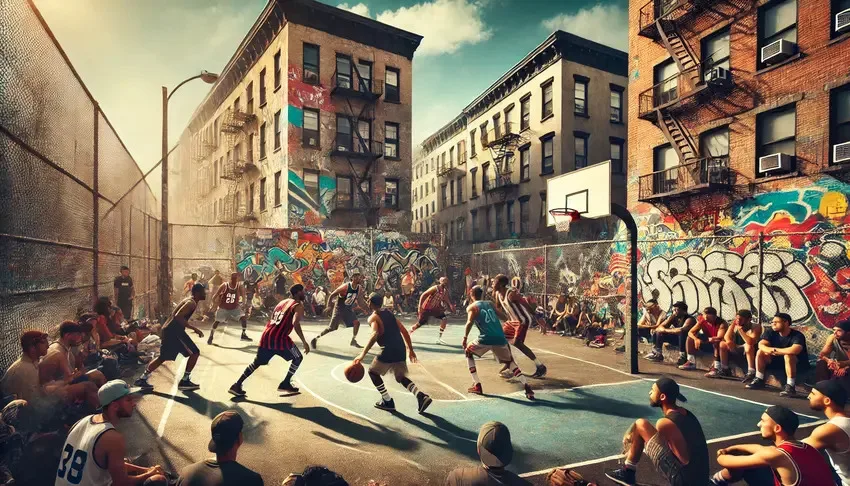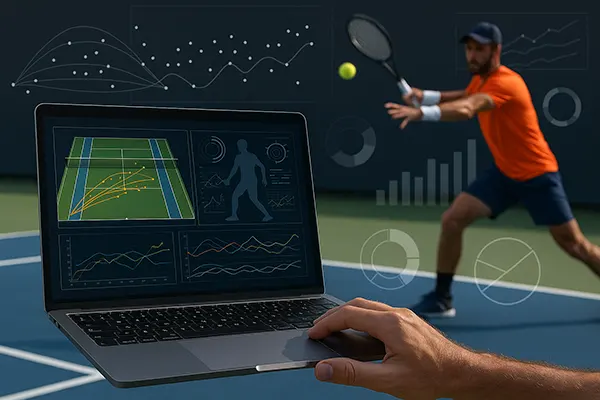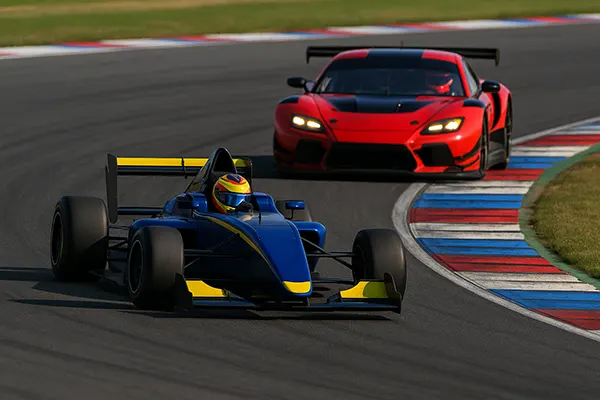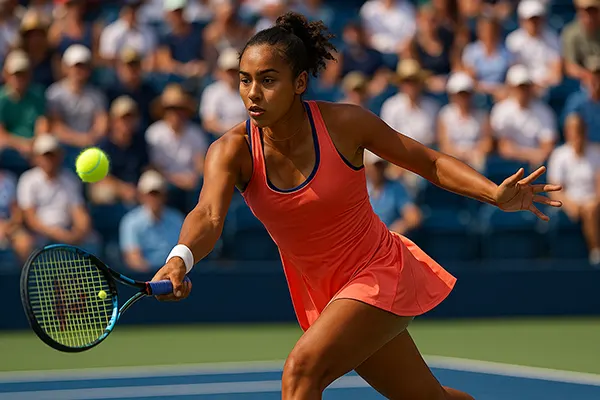Street basketball, a game born in urban neighborhoods, has grown from casual pick-up games to a powerful force influencing professional sports. Its roots lie in the culture of community, creativity, and competition, offering a platform for players to showcase their raw talent and unique style. This article delves into the historical development of street basketball and its profound impact on the professional sports landscape, while also exploring its current state.
Historical Stages of Development of Street Basketball
Street basketball traces its origins to the early 20th century, when basketball was introduced to inner-city neighborhoods across the United States. Unlike organized basketball, street basketball thrived on improvisation, with players often crafting their own rules to suit the local environment. The absence of referees and formal structures led to a game that was fast-paced and creatively unrestricted, allowing players to express their individuality through flashy moves and high-flying dunks.
During the 1960s and 1970s, street basketball began to gain recognition as a cultural phenomenon, particularly in cities like New York, Chicago, and Los Angeles. Famous courts like Rucker Park in Harlem became breeding grounds for future NBA stars, where players could earn respect and build their reputations. This era saw the rise of legendary streetball players whose influence extended beyond the asphalt courts, inspiring a new generation of athletes.

Influence of Street Basketball on Professional Sports
The influence of street basketball on professional sports is undeniable. Many of the techniques and styles developed on the streets have been adopted by professional players and integrated into the NBA. Moves like the crossover dribble, no-look passes, and alley-oops, once exclusive to street courts, are now staples in professional games. The flair and creativity seen in streetball have pushed the boundaries of traditional basketball, leading to a more dynamic and entertaining style of play in the professional arena.
Moreover, street basketball has also impacted the scouting and recruitment processes within professional sports. NBA scouts often frequent streetball tournaments, searching for untapped talent that might not have followed the traditional high school and college pathways. The streetball scene has provided opportunities for players who may not have fit the mold of conventional athletes, showcasing the importance of skill and adaptability over mere physical attributes.
Current State of Street Basketball
Today, street basketball continues to thrive, both as a recreational activity and a cultural movement. The global popularity of the game has led to the establishment of streetball leagues and tournaments, with events such as the AND1 Mixtape Tour gaining international fame. These platforms have not only kept the spirit of street basketball alive but have also allowed it to evolve, blending elements from various cultures and styles.
The advent of social media has further amplified the reach of street basketball, with viral videos and online challenges bringing attention to exceptional plays and players from around the world. This digital age has democratized the game, allowing anyone with a smartphone to participate in the global streetball community.
Street basketball, with its rich history and vibrant culture, has left an indelible mark on professional sports. From its early days in urban neighborhoods to its current global presence, the game has continually influenced the way basketball is played and perceived. Its emphasis on creativity, skill, and individuality has not only enriched the sport but has also provided a platform for countless players to pursue their dreams. As street basketball continues to grow, its impact on professional sports will undoubtedly endure, shaping the future of the game for generations to come.




